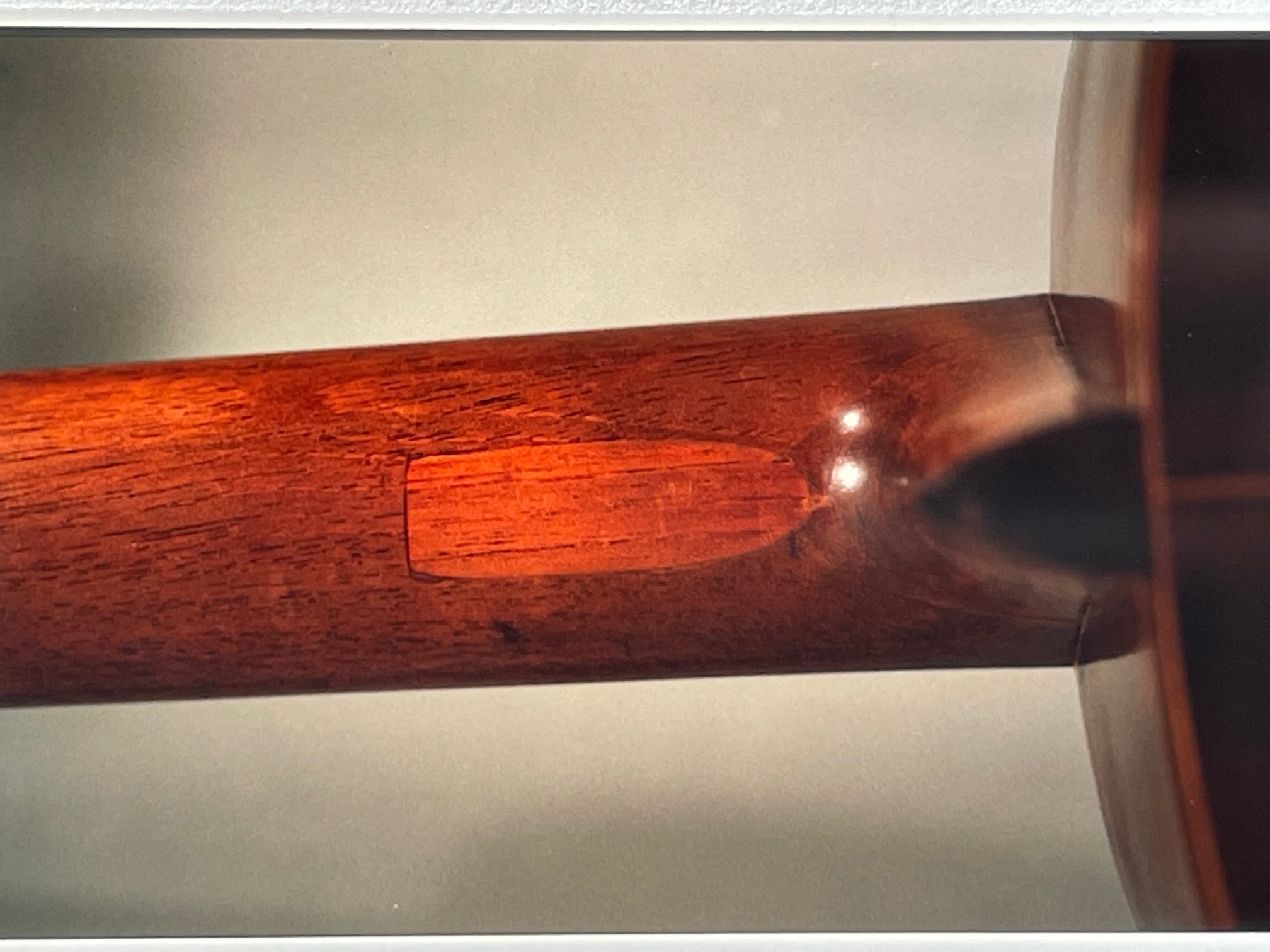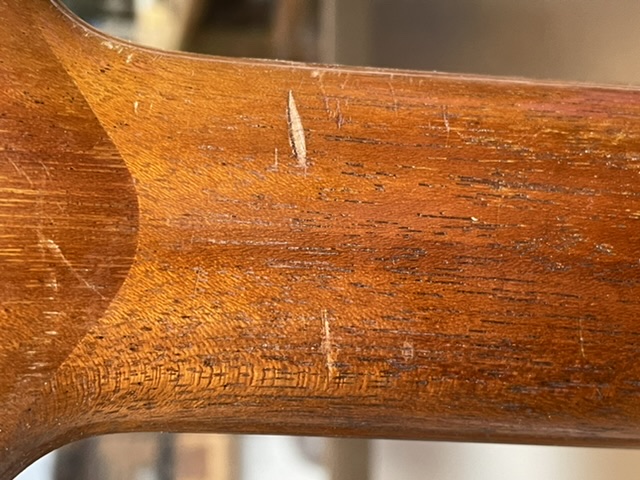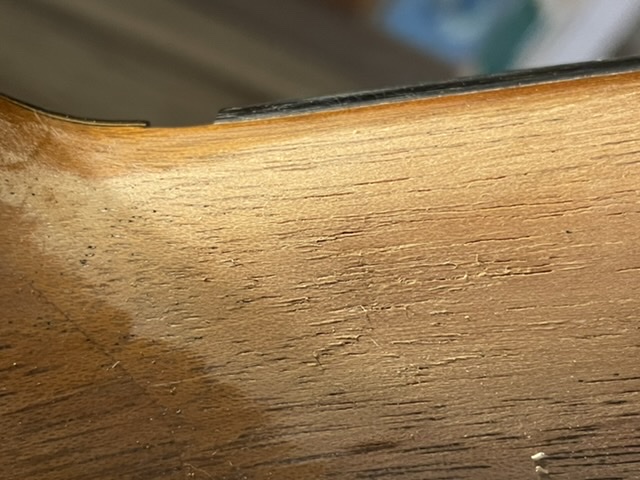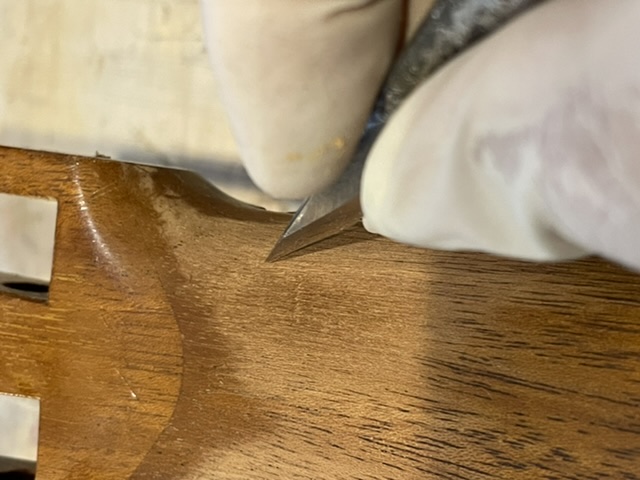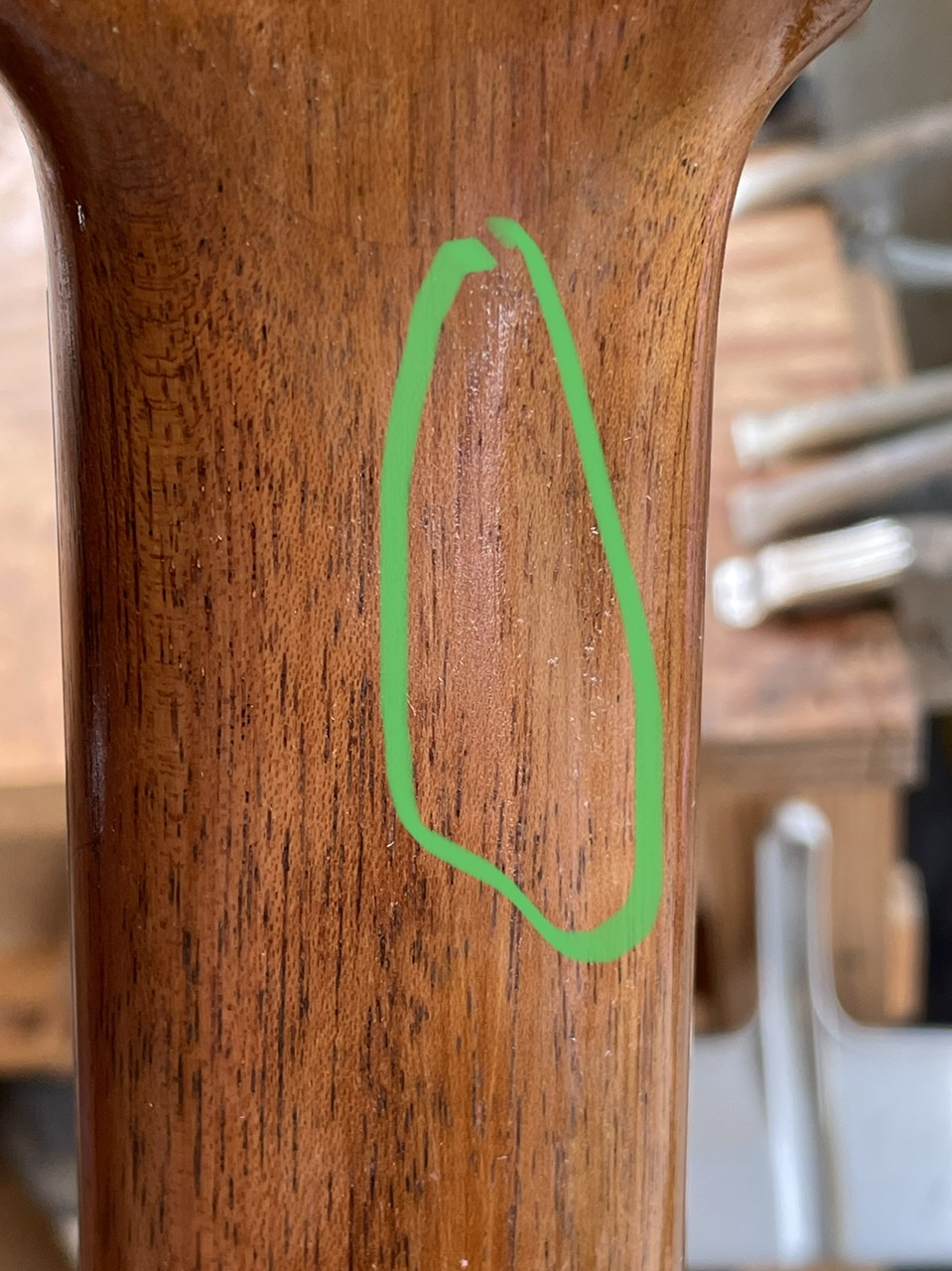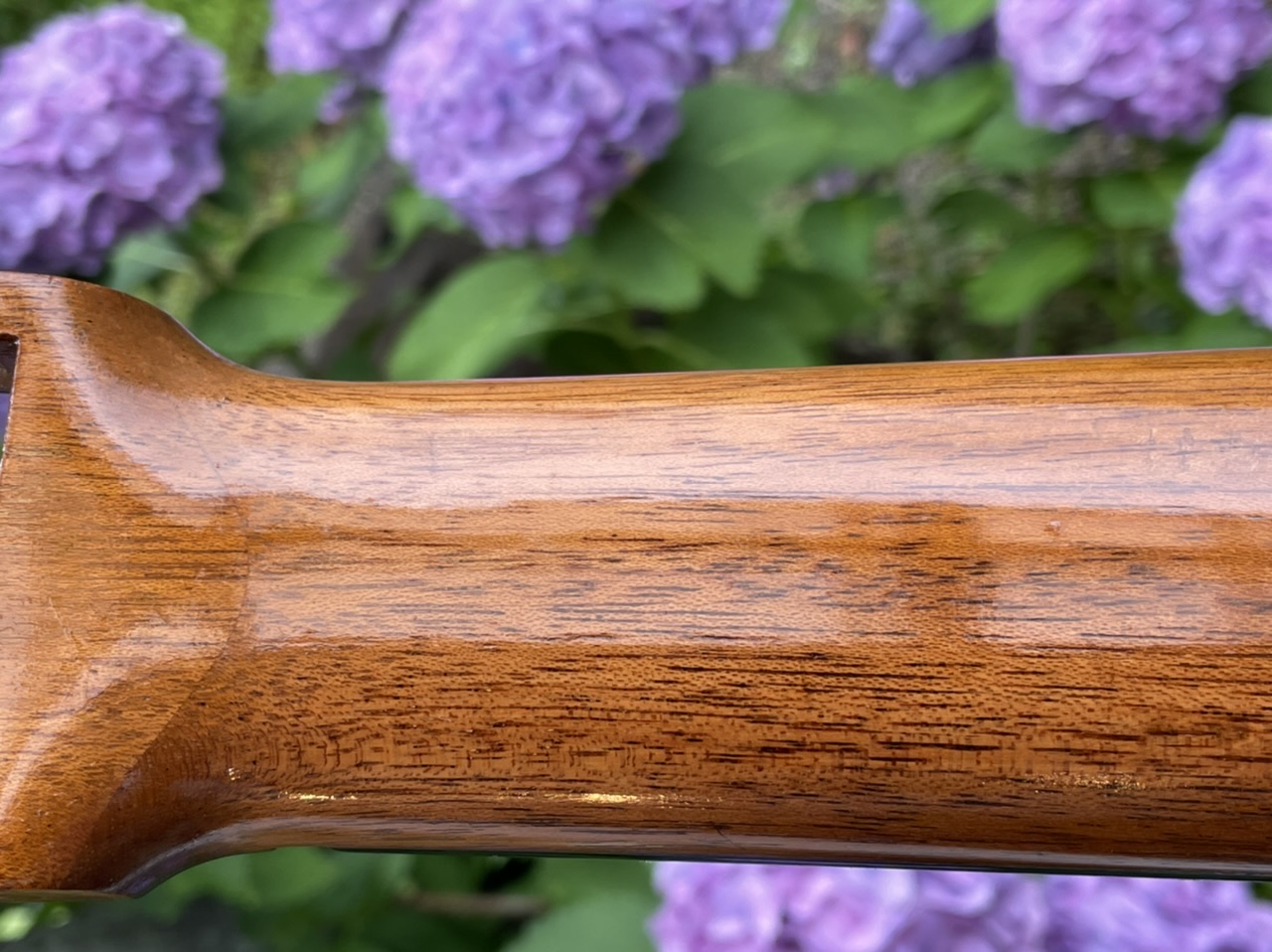|
estebanana -> RE: Neck thickness (Oct. 1 2022 6:12:18)
|
Ethan,
It’s kinda difficult to acquire a file of these kinds of things for a variety of reasons- how to search for it on the internet?
Dealers and collectors often don’t want to share that kind of stuff. I can ask around and see if anyone is willing to share any photos, but the photos that have been shared with me aren’t for public viewing because the people who own the instruments or the repairman who shared the information would like it to stay confidential.
But Eugene Clark back in the late 1990’s showed me a few things on guitars by Esteso, de la Chica, Santos, et al.
Especially during the Spanish civil war and those years it was difficult to get materials in Spain, Gene said they would save every scrap, so he showed me heel stacks in guitars from that time where you can tell they pieced it together with thin cedro scraps.
|
|
|
|
